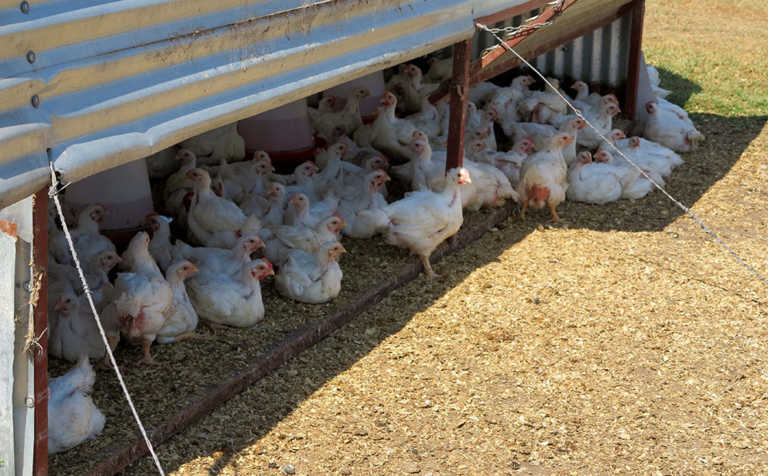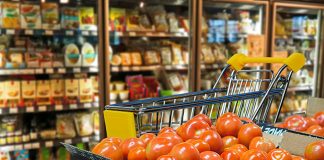
Speaking at the conference, André Westerveld, Elanco SASSA regional director, said that in a study of 3337 urban consumers in 11 countries across Europe, the USA and South America, it was found that 96% of respondents were interested in where their food was sourced and grown.
READ Tell a story and turn your produce into a brand
Older respondents searched the internet for information about their food, while younger respondents read labels.
“Both groups took what they read as the truth,” Westerveld said.
Labels featuring words such as ‘free range’, ‘organic’ or ‘natural’ did not provide specific definitions of the words, and claims made on the product labels were rarely backed by scientific research, he added.
This made consumers susceptible to misinterpreting concepts such as ‘organic’.
According to the study, about 65% of respondents saw organic food as more nutritious and healthier than ‘normal’ food, without defining what ‘normal’ meant. They also thought ‘organic’ food was free from pesticides.
READ The beginning of the end of ‘Big Food’
Despite these gaps in knowledge and misunderstandings, “about 85% of consumers saw ‘organic’ food as the only answer to feed a growing population”.
“As a rule organic farming produced 25% less yield than modern farming practices, and used more land, feed and water for the same amount of crop or animal protein produced,” Westerveld said.
Labels with ‘antibiotic free’ and ‘hormone free’ meat were particularly concerning as sick animals had to be treated, and producers could not neglect animal welfare.
Many products, such as soya milk, contained 1 000 times more the amount of certain hormones than meat products did, Westerveld said.
The study showed that the average consumer knew very little of how food was produced and the sustainability challenges farmers faced, and according to Westerveld: “These disconnects provide opportunities for consumer to be exploited.”











